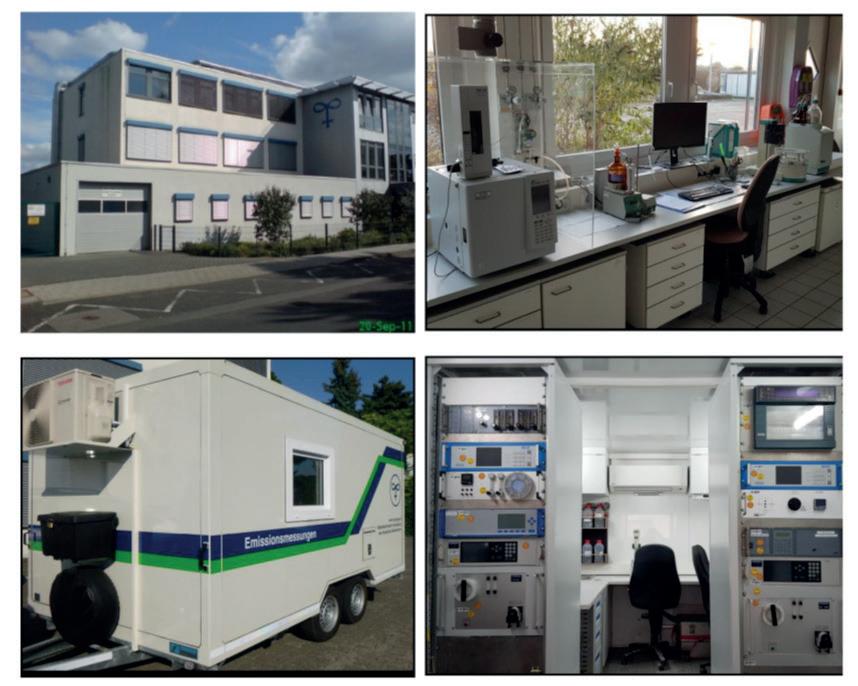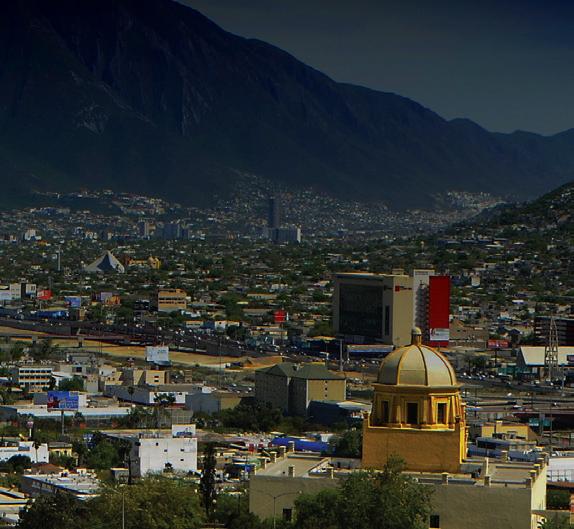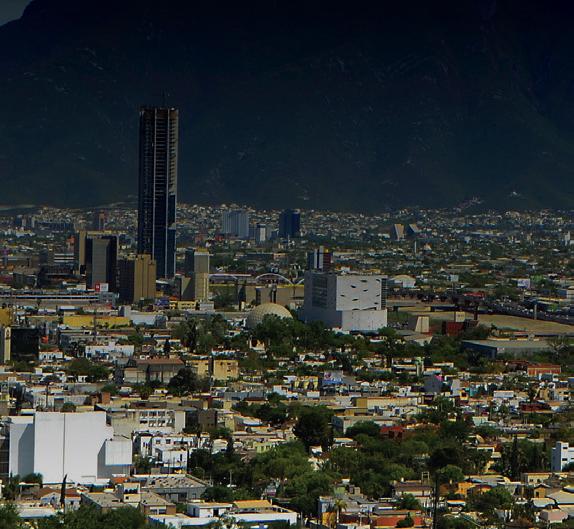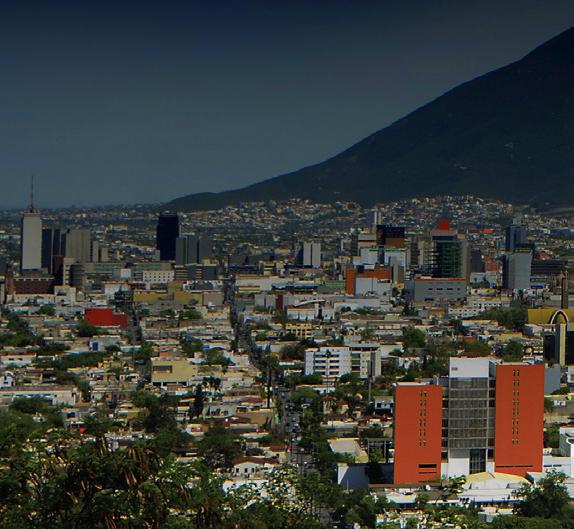
8 minute read
Decarbonisation: HVG
Emission factors in the German glass industry
Karl Gitzhofer* outlines the procedures behind HVG’s project on the revision of the emission factors for air pollutants in glass manufacturing sectors.
The Research Association of the German Glass Industry (in German short: HVG) is a technical and scientific association based in Offenbach am Main. The main purpose of this association is to promote science, environmental protection and research in the field of glass and related materials.
In the course of environmental activities in the field of air pollution control, HVG has been carrying out emission measurements at glass manufacturers in Germany for more than 40 years. HVG has been announced as the officially designated measuring body for glass-specific emissions and is accredited according to DIN EN ISO / IEC 17025:2018. For the announced project provision of current emission factors in the glass manufacturing industry of Germany, HVG agreed to put its emission results collected over 30 years with its gathered knowledge to paper and provide it to the federal environment agency.
Project outline
The project proceeded continuously in four so called “work packages”. First information and data had to be collected. The basis for the provision of current emission factors is the in-house database of HVG. This huge excel-database contains the different glass branches in Germany, the collected emission results from conducted emission measurements of different pollutant components from the past 30 years, also further numerous information about the examined facilities of which many are to be kept under secrecy.
First, the mentioned database had to be brought up to date and stocked up with external emission results from other institutes. Since not all glass manufacturers collaborate with HVG, many manufacturers had to be contacted by HVG with the favour to support this project. This means that they would provide HVG with their emission data based on measurement results gathered from officially ordered measurements by other institutes. In addition, reports about emission measurements conducted every three years, further reports about calibrations and functional tests of installed automatic measurement devices have been integrated into the database. Thus, more data was collected for some emission components.
What followed was the determination of the emission factors (related to molten glass) for each component and glass branch divided into specific time spans. The goal was to supply a representative emission image for each glass branch. Many of the presented results come with huge uncertainties due to limited conducted measurements in some glass branches. Chapter 6 of the HVG report deals with the emission factors.1 It is to be mentioned that the emission factors are purely derived from the data available to HVG. An expert vote was conducted to even out or replace the uncertain or implausible emission factors which are conditioned by, for example, outliers in the measurement results.
Each factor was discussed and, if needed, replaced with a more coherent alternative emission factor, at least from the point of view of HVG.
Finally, the emission factors forecast in 2008 were compared with the current values for each branch and evaluated (Fig 1).
� Fig 1.HVG’s office building in Offenbach (top left), its laboratory (top right) and exterior (bottom left) and interior (bottom right) photos of measurement trailers.
German glass industry
The glass industry can be divided into the categories of container glass, flat glass, special glass, tableware, mineral wool, continuous glass fibres and glass frits. The production of high-temperature wool, which belongs to the glass industry within
Component
CO2 Nox SO2 CO HCI HF Dust NH
3 Total organic carbon Container Glass Flat Glass Tableware
287 1.08 0.76 0.07 0.0133 0.0016 0.0086 0.0026 0.0000
550 1.77 1.57 0.02 0.0446 0.0045 0.0168 0.0191 0.0000
432 2.86 0.06 0.07 0.0049 0.0004 0.0150 0.0000 0.0000 Special Glass Fibre wool glass Stone wool Water Glass
520 3.56 0.12 0.12 0.0145 0.0094 0.0077 0.0295 0.0000
357 1.39 0.18 0.06 0.143 0.0034 0.6110 1.1000 0.6000
628 1.88 2.23 0.19 0.0470 0.0100 0.6430 1.1630
412 1.15 0.11 0.06 0.0046 0.0005 0.0002 0.0160 0.6570 0.0000
Fig 2. Compilation of current emission factors (German glass industry: year 2015 – 2020) in kilograms per ton of glass.�
the European Union, is not considered in the project. So-called water glass is melted in fossil-fired glass melting furnaces and is part of the project. For reasons of previous emissions reporting, the area of glass frits is assigned to the subsector special glass, the area of continuous glass fibres is merged into the subsector glass fibres/ glass wool. The mineral wool sector has been divided into the glass fibres/glass wool and rock wool subsectors.
In Germany, there are around 90 glass producing sites with a daily melting capacity of more than 20 tons of glass. In total, around 7.38 million tons of glass was melted in Germany in 2019, more than 80% of the amount of glass produced is accounted for by container glass and flat glass. In addition, the water glass production adds up to around 0.6 million tons of glass per year.
The large number of types of glass produced requires a range of raw materials, which are composed of naturally occurring minerals, artificially produced inorganic products and own or recycled cullet. The complexity of the glass and mineral fibre industry with regard to the used raw materials, the size of the system and system utilisation, the type of firing and air preheating through to the oxidising medium used is also reflected in the emissions profile of the systems concerned. Continuously operated glass melting furnaces with regenerative and recuperative air preheating, glass melting units with raw material preheaters, fueloxygen-heated melting units (so-called oxy-fuel furnaces), electric furnaces, glass melting systems with a combination of electrical and fossil heating as well as special designs to improve environmental compatibility are used. There are also discontinuously operated melting furnaces, e.g.pot furnaces, rotary kilns or day furnaces. Cupola furnaces and special melting units are also used in the rock wool sector. The main energy sources are natural gas, heavy fuel oil, light fuel oil and electrical energy.
In addition to the primary emission reduction measures applied, all glass melting units in Germany are equipped with exhaust gas cleaning systems, which mostly consist of electrostatic precipitators or bag filters with an upstream dry sorption stage. The separated filter dust is completely returned to the process and melted down again in the container glass and flat glass area and in many cases in the remaining areas.
Emission factors
The glass industry’s environmental problems are mainly focused on air emissions and energy consumption. To a lesser extent, the emissions into the water as well as the solid waste and residues produced play a role.
Air pollutants include particulate emissions including particulate and filterpermeable dust constituents in the fine dust fraction, nitrogen oxides, sulphur oxides and inorganic gaseous fluorine and chlorine compounds. Fuel and raw material-related carbon dioxide releases and in some cases also carbon monoxide emissions occur. With secondary nitrogen oxide reduction measures, ammonia emissions can also occur. Emissions of organic compounds and unburned hydrocarbons or dioxins and furans play no or only a subordinate role in the exhaust gas from the melting units.
The most important current emission factors of the individual sectors of the glass industry are summarised in the following table (Fig 2). The information concerns the evaluations of the available measurement results from emission measurements and the expert assessment. From the point of view of HVG, these data are to be regarded as representative.
In the sector-related tabular emission factors in the report, the dust constituents are also listed individually.
In the case of CO2, the measured concentrations in the exhaust gas were used to evaluate the data. The information is the sum of raw material-related and process-related emission factors from the melting plants.
In the report, the CO2 emission factors from the (raw material-related) carbonate decomposition during the melting process are shown separately.
If one looks at the variation of the emission factors of the individual emission components in the different sectors of the glass industry, then the complexity of the glass and mineral fibre industry becomes apparent.
The emission factors for the glass fibre/ glass wool and rock wool sectors also include the downstream processing into insulating wool or glass fibre mats.
Project details
The project was financed by the Federal Environment Agency (Umweltbundesamt - Research metric: 3719 52 1010 – FB000506/ZW). The final report was published in March 2021. The report can be downloaded from the website of the Federal Environment Agency.1
It was a joint project between cement industry and glass industry. The emission factors for the cement industry were determined and documented separately by the Association of German Cement Manufacturers (VDZ). �
*Research Associate for Environmental Protection, Hüttentechnische Vereinigung der Deutschen Glasindustrie (HVG), Offenbach am Main, Germany. http://www.hvg-dgg.de/en/home.html
References:
1. HVG Report – https://www. umweltbundesamt.de/en/publikationen/ ueberarbeitung-der-emissionsfaktorenfuer
The event format is a niche trade exhibition where people can arrange meetings with a number of suppliers and industry experts in one place. Visitors and exhibitors can attend the free conference sessions to hear from industry experts.
These exhibitions bring together international experts, hollow and container manufacturers and businesses that use glass containers, to discover the latest innovations which include energy effi ciency, quality control, packaging, logistics and decorative possibilities.
Istanbul, Turkey
glassmanevents.com/europe

Seoul, South Korea
glassmanevents.com/asia



LATIN AMERICA 2024

Mexico City, Mexico


BOOK YOUR STAND TODAY
Ken Clark
Sales Director
+44 (0)1737 855117 kenclark@quartzltd.com
glassmanevents.com/latin-america
Manuel Marti n Quereda
Internati onal Sales Manager
+44 (0)1737 855023 manuelm@quartzltd.com










